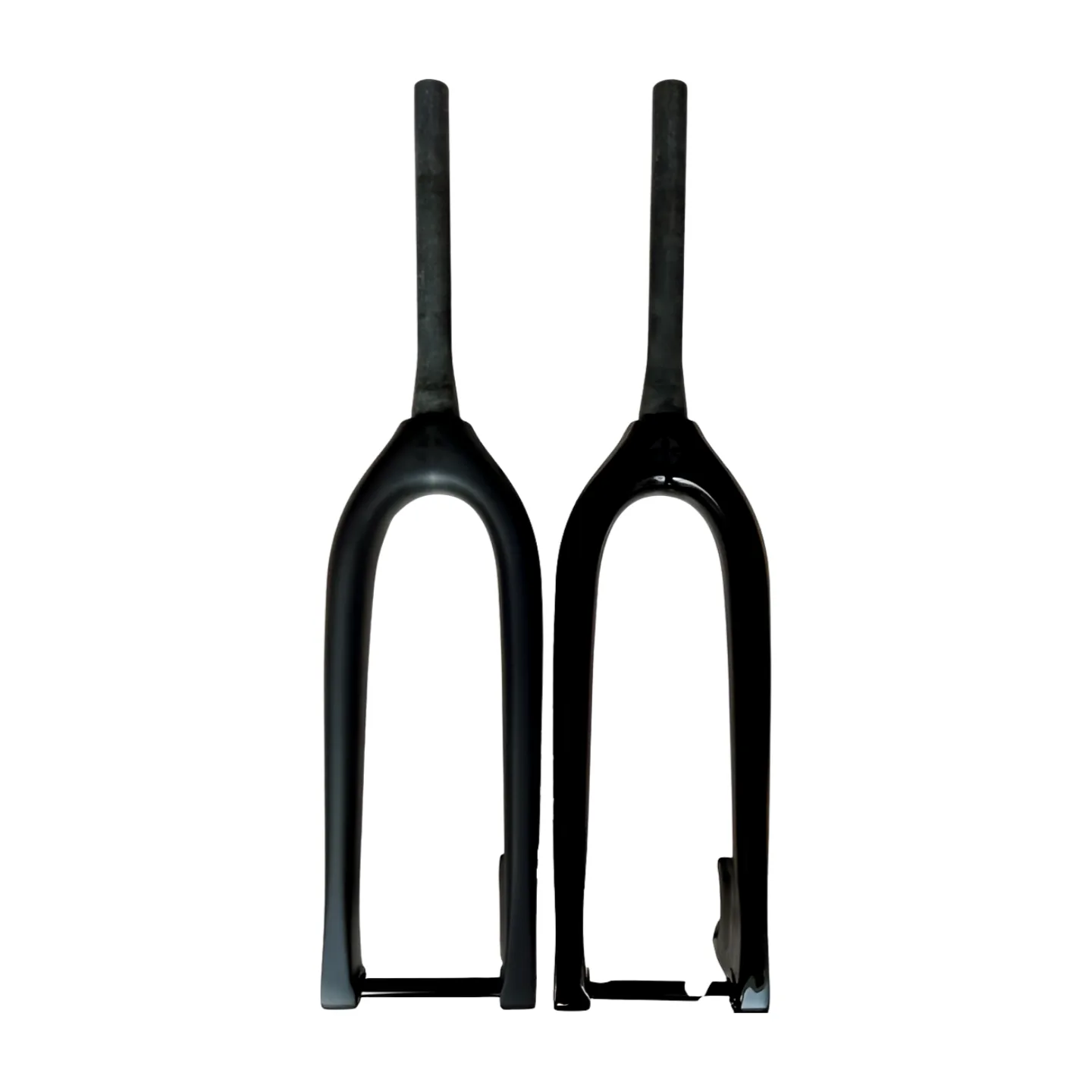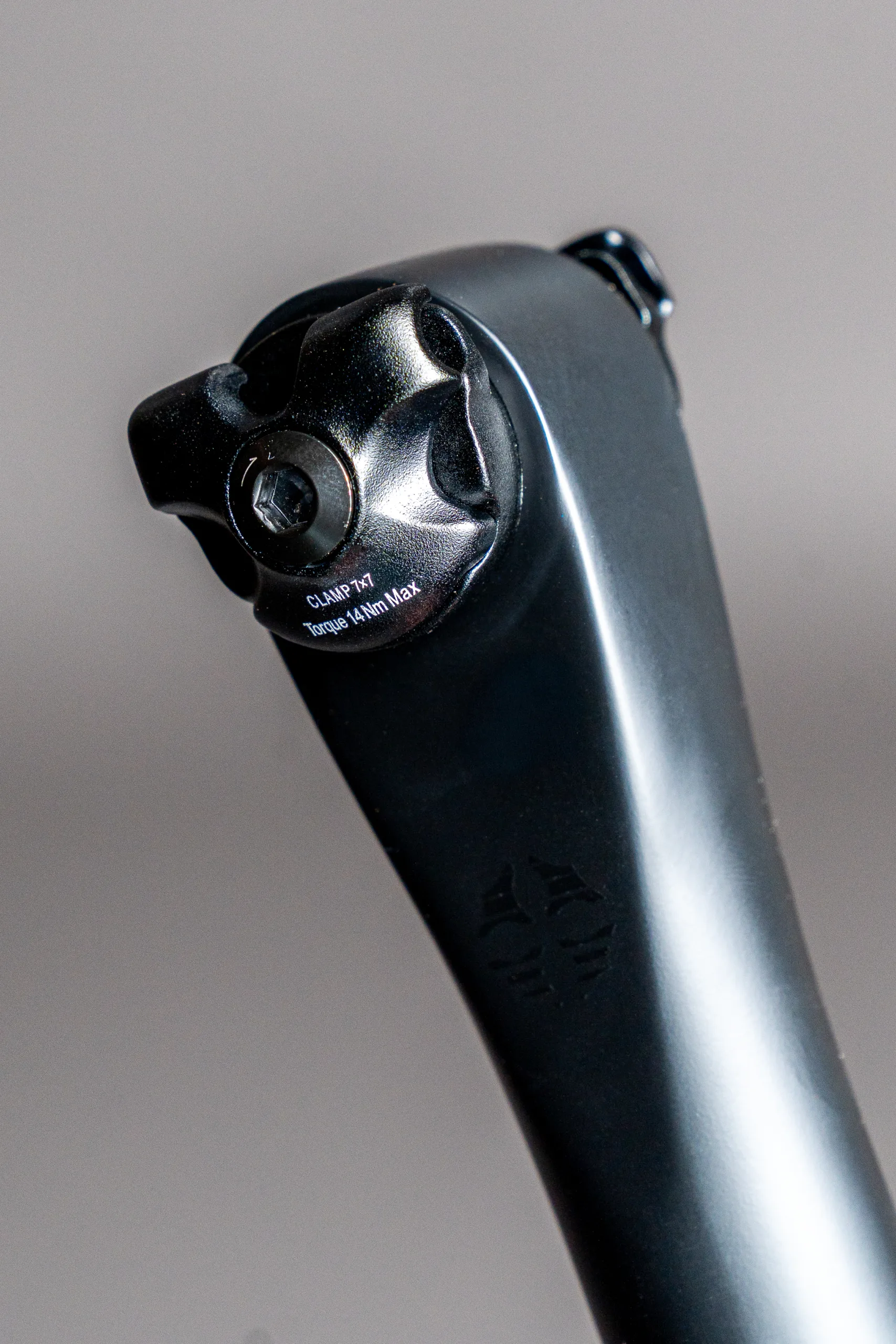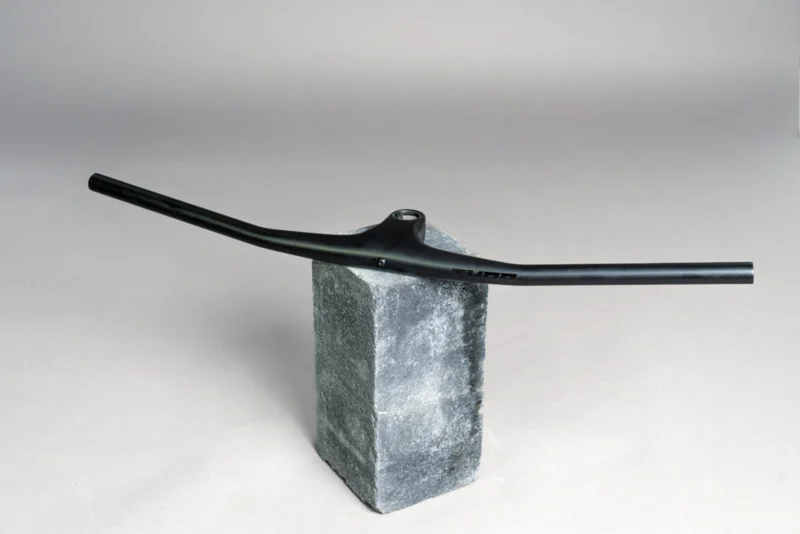
Carbon – every cyclist talks about it. But what exactly is carbon, and what makes it high-quality and reliable? Let’s break it down into three key aspects: What goes into the mould? Who puts it in the mould? How does the overall process work (production, quality control, and testing facilities)? 1. What Goes into […]
Carbon – every cyclist talks about it. But what exactly is carbon, and what makes it high-quality and reliable? Let’s break it down into three key aspects:
Carbon fibre components are made from carbon fibres mixed with resin or polymer, known as carbon prepreg. The fibres can be manufactured in two primary structures:
Purity is key. The leading global producer of high-quality carbon is Toray (Japan/USA). All reputable brands that prioritise quality use Toray carbon – including THOR. Some Chinese manufacturers produce less pure carbon and focus on price competition. If cost is the priority over quality, the choice is simple.
Unfortunately, it’s impossible to tell from the outside whether a product truly contains Toray carbon. Some sellers on major Chinese platforms claim to use Toray materials, but whether that’s true is another question.
UD carbon comes in different grades, ranging from low modulus to high modulus. Some types are slightly flexible, while others are extremely stiff. More layers of carbon mean more weight.
The most commonly used carbon in the cycling industry is Toray T700, but blends of Toray T700 and T800 are becoming more common. Toray T800 is lighter and stiffer. You may also see Toray T1000, but using 100% T1000 would make a component unnecessarily expensive and excessively stiff. Instead, a blend of different types is the optimal solution.
To produce carbon components, steel or cast-iron moulds are used. These moulds are CNC-machined and have a limited lifespan – after being used thousands of times, they must be replaced due to wear and tear.
We personally visit our suppliers in China and Taiwan at least twice a year. These are well-established manufacturers with years of experience. Building strong relationships is essential in this industry – it ensures trust for our customers, for us, and for the producers themselves.
During each trip, we also visit new manufacturers. Sometimes we’re impressed; other times, we leave disappointed. What remains clear is that China’s cycling industry – and economy in general – is evolving at an incredible pace. Regular visits provide valuable insights into market developments.
A significant portion of cycling carbon comes from China – far more than from Taiwan. There’s a common misconception that only a handful of manufacturers exist. While some large players dominate, there are dozens (if not hundreds) of small factories producing carbon components, as well as thousands of resellers claiming to be manufacturers. Sorting through these options is a challenge.
Are these smaller manufacturers bad? Not necessarily. But stability and reliability are key concerns. From the outside, it’s incredibly difficult to determine whether a carbon component meets industry standards. Many of these small factories lack testing facilities – testing is expensive, and cutting corners here is common. That’s where things go wrong. Identifying the best suppliers from afar is no easy task.
We don’t rely on third-party resellers or middlemen – we have our components produced directly by renowned manufacturers. These suppliers meet high standards in production quality, technical expertise, quality control, finishing, and testing facilities. Many adhere to ISO9001 industry standards.
For example, when our carbon wheels come out of the mould, they must have a maximum deviation of just 0.01mm (both vertically and laterally). After this, there are nine additional quality control checks before the wheel is sent for finishing.
Since 2023, we’ve taken things even further. We have appointed an independent carbon specialist in China to conduct extra post-production quality checks based on a strict protocol. This provides even more certainty and reliability.
For testing, we follow standards set by the UCI and JIS. Examples of testing procedures include:
Not all carbon is created equal. The combination of material quality, production expertise, and rigorous testing determines the reliability and performance of carbon cycling components. By maintaining direct relationships with top-tier manufacturers and implementing strict quality controls, we ensure that every product meets the highest standards.
So next time you hear a cyclist talking about carbon, you’ll know exactly what to look for!


